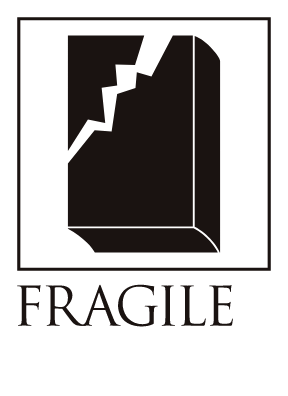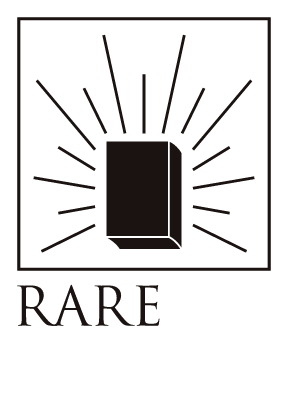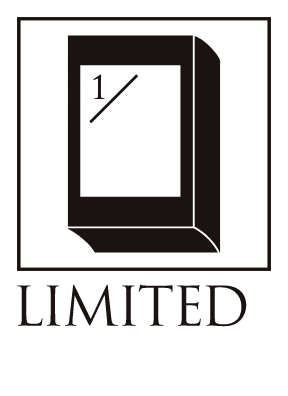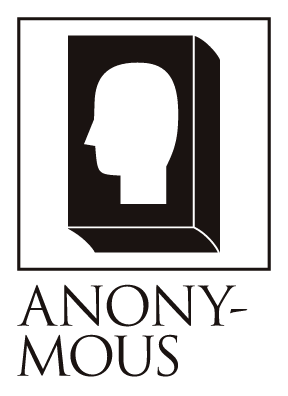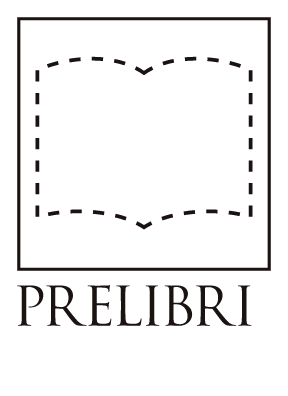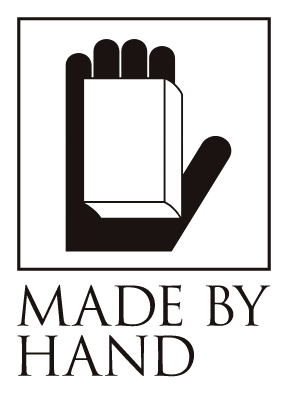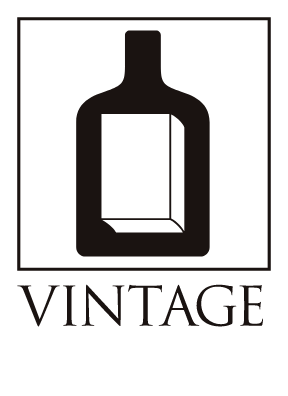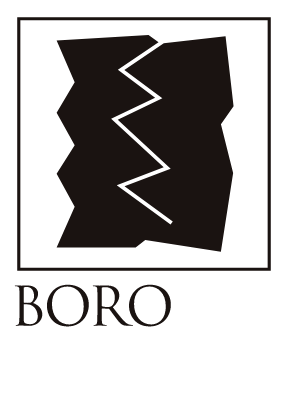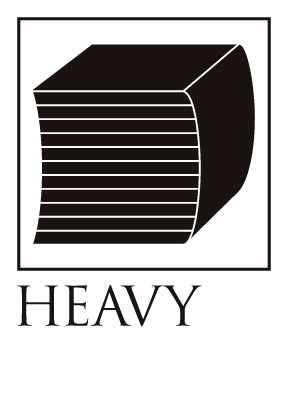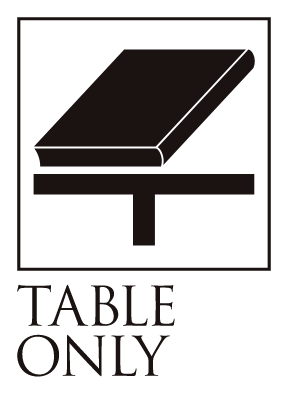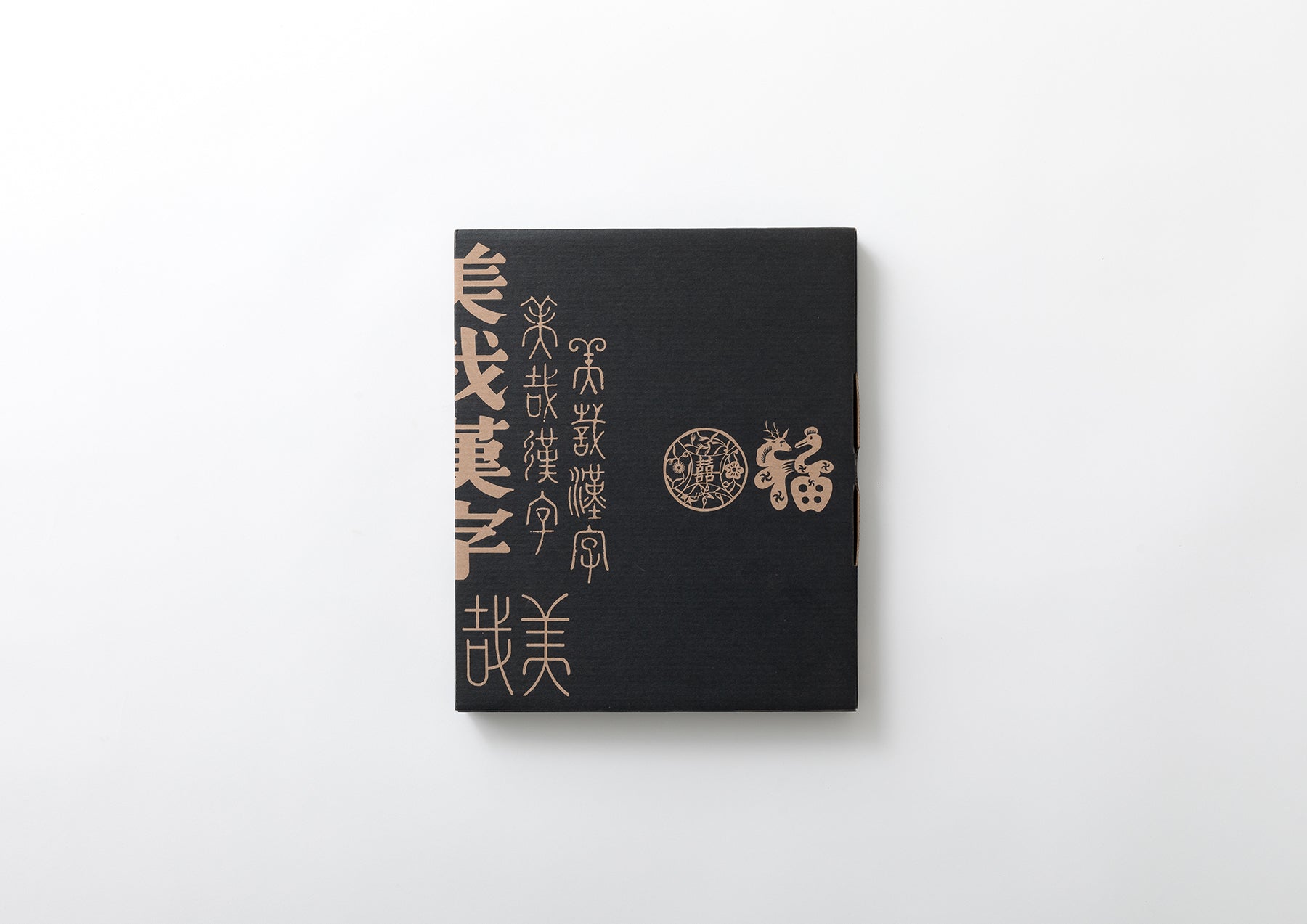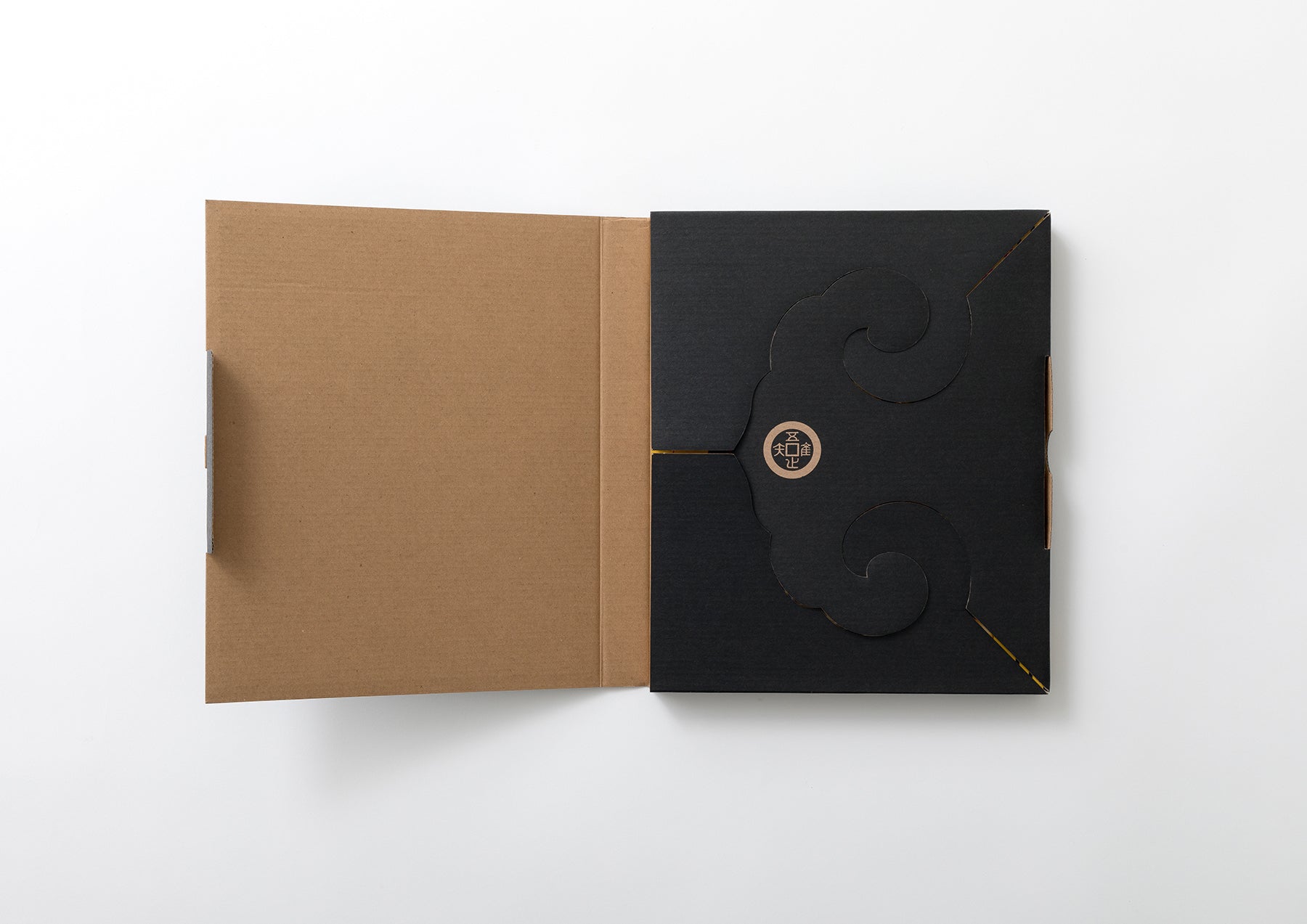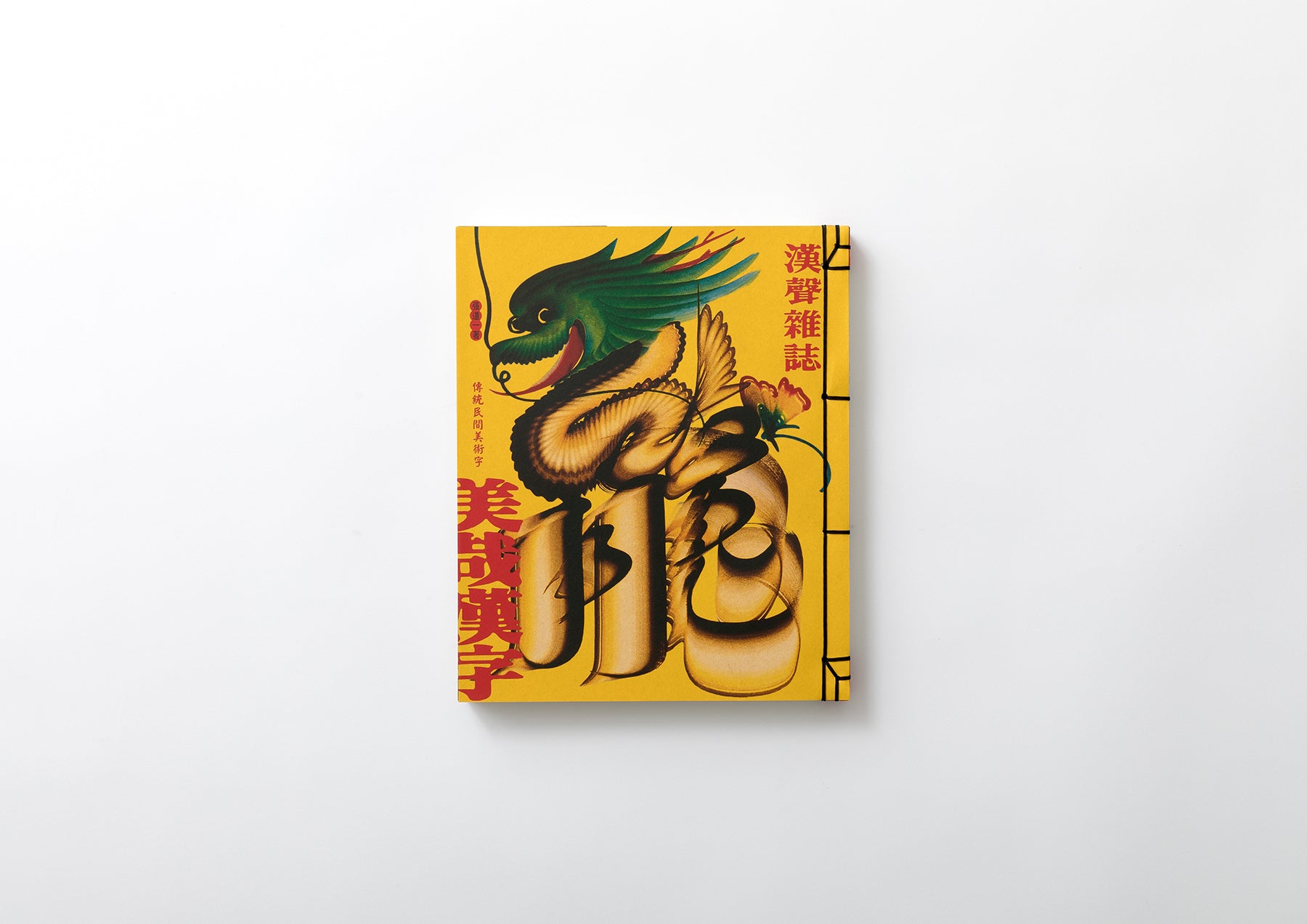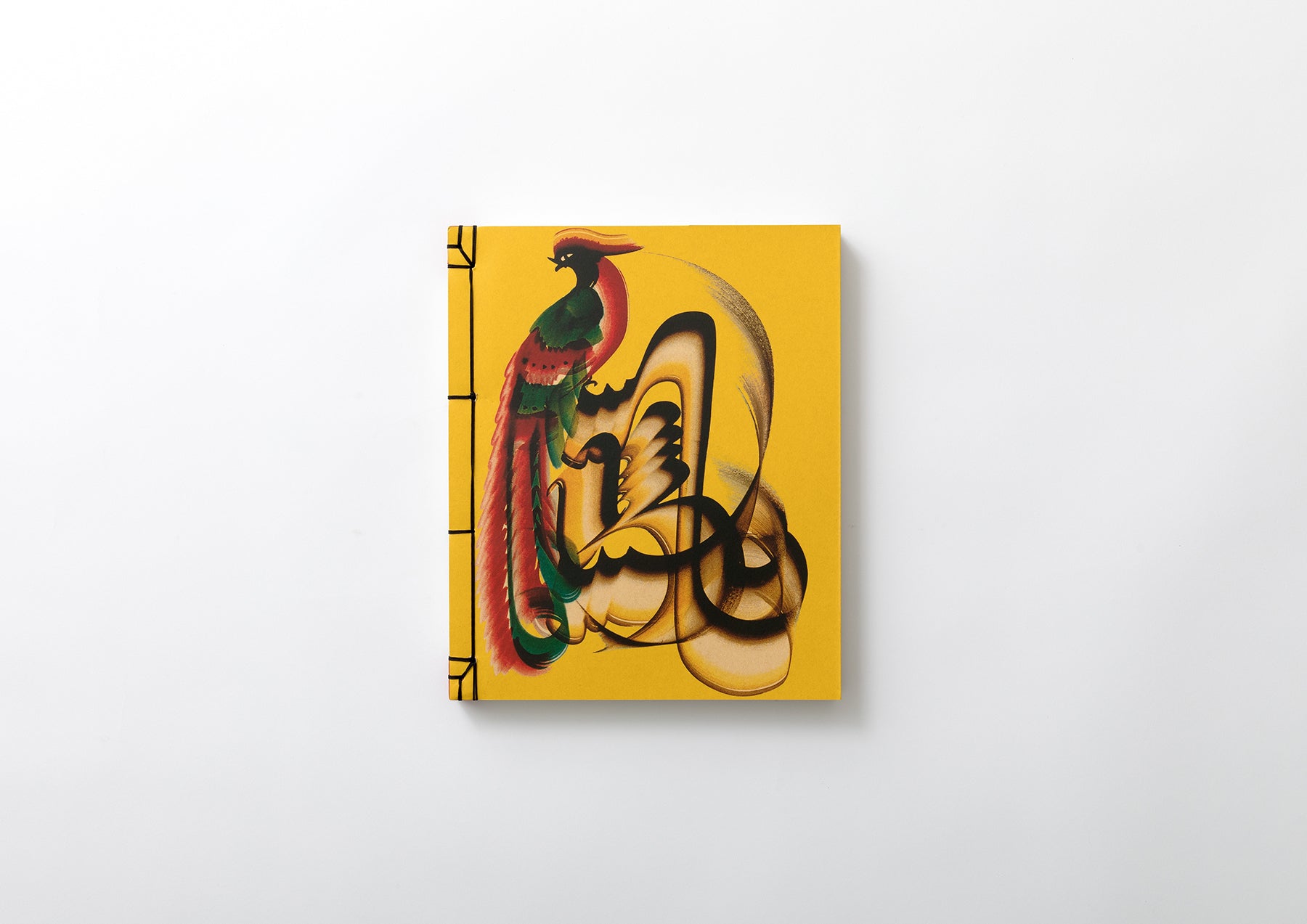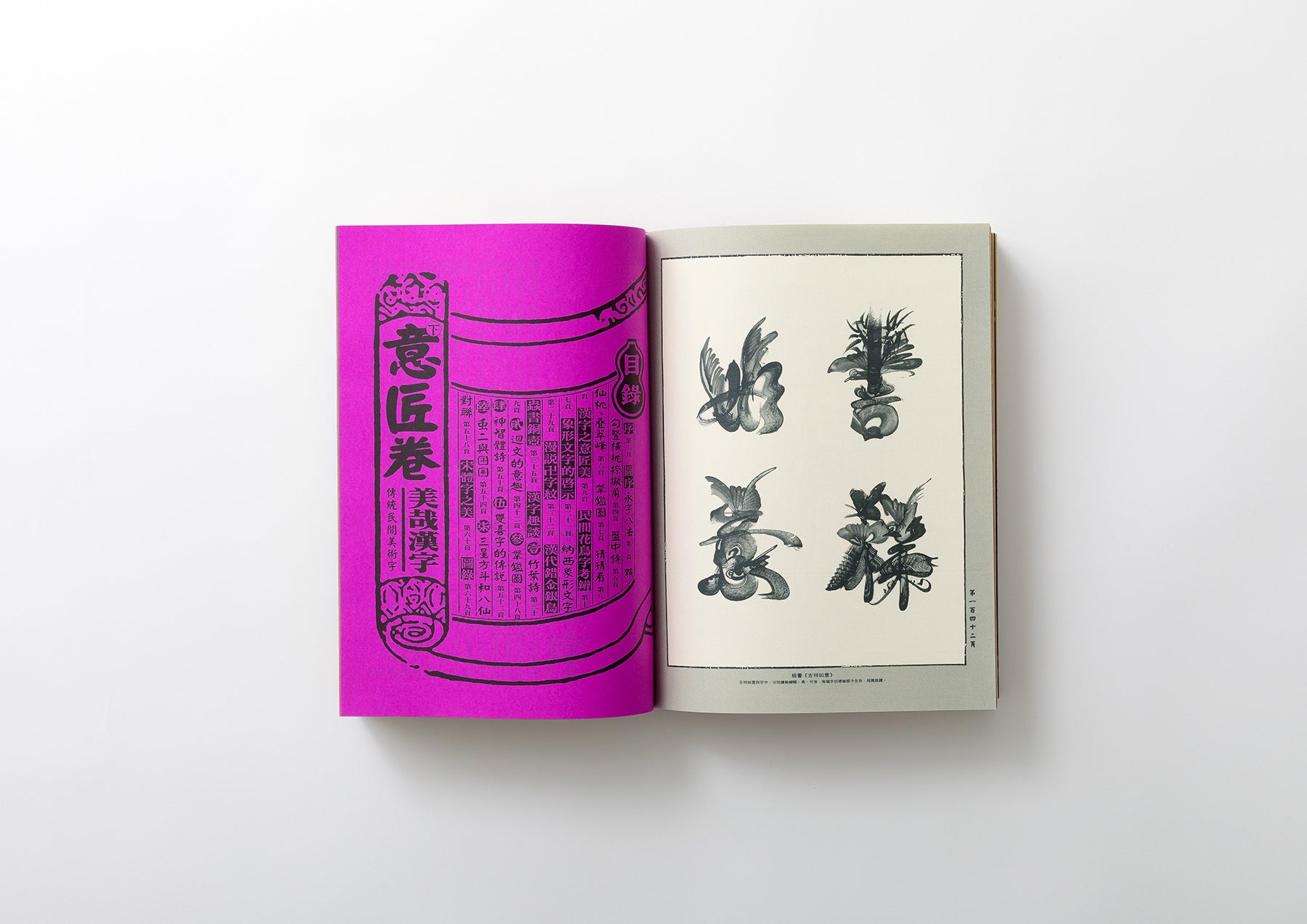Miya Kanji
Bibliographic Details
- Title
- 美哉漢字(漢聲雑誌87+88)
- Artist
- Huang Yongsong / 黄永松
- Editor
- Wu Meiyun / 呉美雲
- Designer
- Xi Song / 奚淞, Yao Mengjia / 姚孟嘉
- Director
- Huang Yongsong / 黄永松
- Publisher
- ECHO PUBLISHING CO., LTD. / 漢聲
- Year
- 2012
- Size
- book: h298 x w245 x d25 mm / case: h300 x w250 x d32 mm
- Weight
- book 1,250g / with case 1,400g
- Pages
- 144pages(No.87)、88pages(No.88)
- Language
- Chinese / 中国語繁体字
- Binding
- Japanese Binding / 和綴じ
- Materials
- Paper
- Condition
- new
Beautiful characters are not just characters,
He is a person who transmits culture.
Chinese character folk art.
This book is a collection of "art characters" that remain in the Chinese character culture, mainly in China, including Japan and Korea. This is a must-have book for people who are interested in design, calligraphy as a hobby, folk art lovers, and above all, the younger generation and children.
Kanji characters are familiar to Japanese people. The term "artistic characters" may not ring a bell, but mojie (letter paintings), such as Henohenomoheji, were a pastime in the Edo period in which characters were combined to create pictures. Keisuke Serizawa (1895-1984), a dyeing and weaving artist and one of the central figures of the Mingei movement, also developed mojie in his own way, elevating them into graphical works.
Opening the lid of the outer box, which is black-based and seems a little plain for a Hansei publication, reveals a die-cut cloud pattern, an auspicious motif. When you take the book out of the box, you will see the character for "dragon" with a dragon's head on a yellow background, and the character for "phoenix" that pairs with the dragon on the back cover, both of which fill the entire screen. As you turn the pages, you will find a variety of Chinese character art, from optical illusions where what appears to be a single picture actually has Chinese characters hidden inside, to works that use Chinese characters to draw the outline of a motif like calligraphy, to floral characters in which the Chinese characters themselves are depicted as auspicious flowers. The book, which has a total of 230 pages, is heavy and difficult to carry around casually.
According to Huang Yongsong, editor-in-chief of Hanseon, art characters are "peasant characters" and are symbols that any Chinese person can understand, from children who cannot go to school and cannot read to intellectuals. This book follows the story of "art characters derived from characters and pictures" centered around Professor Zhang Yidao, a leading researcher in art characters, and conveys the beauty of art characters based on a vast amount of literature and illustrations.
Different ethnicities and regions reflect different tastes in artistic characters, and the unique classification in "Beautiful Characters" is valued as a valuable resource for the cultural history of Chinese characters. In modern China, swept up in the waves of efficiency and digitalization, where only controlled, inorganic characters are flying around, the personal beauty of artistic characters is a thing of the past. Artistic characters are being lost even within China, and the publication of this book has prompted local governments to begin efforts to train successors.
I imagine that rather than dismissing moji art as something from the past in Japan, it would be interesting to have students with an interest in design, teachers well versed in calligraphy, and children who are in the process of learning the concept of characters try to draw modern moji art from a variety of perspectives.
